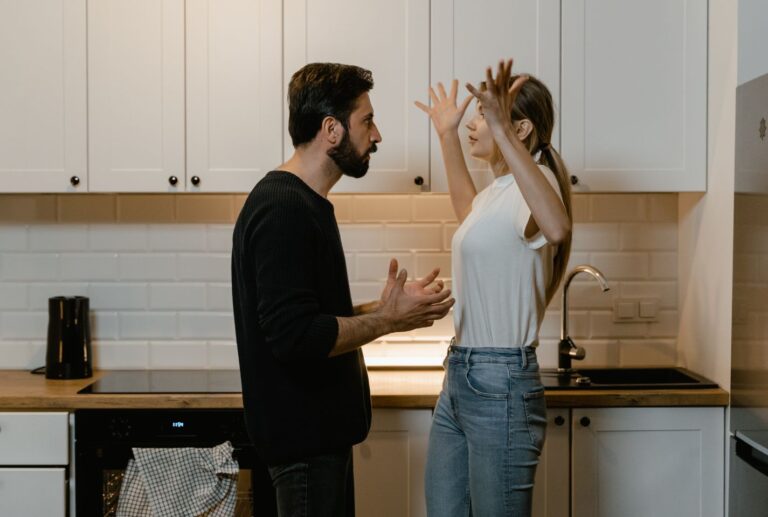After over 15 years of counseling couples, I’ve heard every love story imaginable. But no matter how different the tales, there is one recurring theme: Love feels intoxicating. Partners of all ages commonly speak of love as a whirlwind that takes over the mind and body. If you’ve ever fallen hard for someone, you know it’s true. This feeling is as universal as it is mysterious, turning rational thinkers intoxicated and shaking up our priorities and judgments.
As a caregiver at heart, my aim as a relationship coach has always been to better understand this powerful emotion so I can better guide my clients. That’s why, early in my career, I dove into the scientific research on the neurobiology of love. What I found both surprised and inspired me. Love may seem magical, but it’s not mystical at all. Rather, it’s a tangible, biological experience with its roots in basic neural functions designed to ensure survival. And understanding what happens on a neurological level when we fall in love sheds fresh light on this common, but complex, human experience.
The Neurotransmitters and Hormones That Fuel Early Romance

So what exactly causes you to feel head over heels in love? Primarily, it comes down to changes in your brain chemistry. When we fall for someone, it triggers the release of key chemicals and hormones that drive feelings of euphoria, focus, and emotional connection. Let’s explore them.
Dopamine: Our “Feel-Good” Fix
You’ve likely heard of dopamine referred to as the “feel-good” chemical or reward hormone. This is because it activates the brain’s reward circuit linked to pleasure, motivation, and reinforcement. And, as you probably guessed, love turns this reward dial to the max!
Both anthropological studies and brain imaging reveal that new love activates primitive dopamine pathways in a manner similar to substance addiction. For good reason – falling in love truly is intoxicating. That’s why dopamine is often considered the star player when it comes to the neurochemicals behind romance. It’s what makes us feel uplifted, euphoric, and intensely driven to seek out rewards (in this case, the affection of our partner).
Oxytocin: The “Cuddle Hormone”

Another key player is oxytocin, often referred to as the “cuddle hormone” or “bonding hormone.” Produced in the hypothalamus, this neuromodulator is released during intimacy, promoting feelings of closeness, affection, and trust. It deepens a couple’s connection after becoming physically intimate. Researchers believe it stimulates protective behaviors, helping couples stick together even when times get tough. So while early romance is fueled by that dopamine high, oxytocin helps couples transition to deeper, more secure attachments as the relationship progresses.
Vasopressin: The “Stay With Me” Signal
Vasopressin is a powerful hormone linked to long-term bonding and relationship security. While less understood than oxytocin, it’s believed to fortify monogamous bonds by generating protective behaviors and the desire to stick by your partner through thick-and-thin. When both vasopressin and oxytocin systems are operating, couples may feel the profound “us against the world” feeling of being inseperable from their partner. These chemicals seem to be at work when people say, “I just can’t imagine my life without him/her.”
The Brain In Love: Which Regions Light Up & What Happens

Now that you know about the chemicals fueling love’s rollercoaster, let’s look at what happens inside the neural control center governing it all – your brain! Powerful hormones and neurotransmitters trigger cascades of activity linking various interconnected brain structures. Thanks to modern imaging techniques providing clear visualization of the living, working brain, researchers have mapped out exactly what areas and networks activate when we fall head over heels. Here’s what we know so far about how this unfolds.
The Ventral Tegmental Area: Ground Zero For Passion
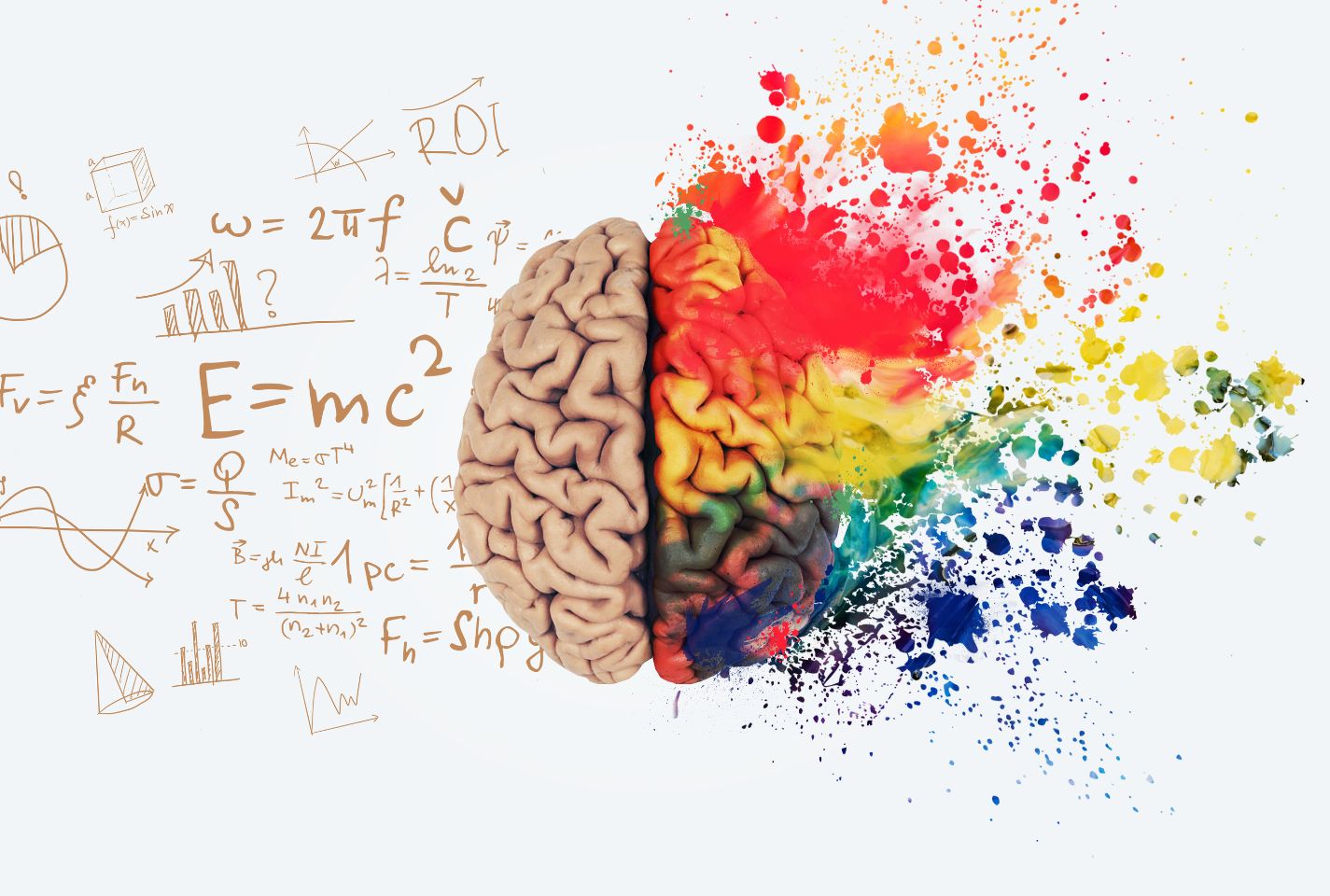
At the core of intense romantic love lies the ventral tegmental area (VTA) of the midbrain, known for producing dopamine. The VTA may seem like an obscure spot, tucked away deep in primitive brain matter, but it’s actually at the center of the brain’s reward circuitry – evolution’s built-in system for seeking out essentials for survival.
Just as this area activates when you satisfy a core need like hunger or thirst, early research shows it also ignites when someone catches your eye! Specifically, brain imaging reveals that when we see a picture of someone we love deeply, whatever may be happening around us, the VTA switches on like city lights at dusk.
The Nucleus Accumbens: Dopamine Central
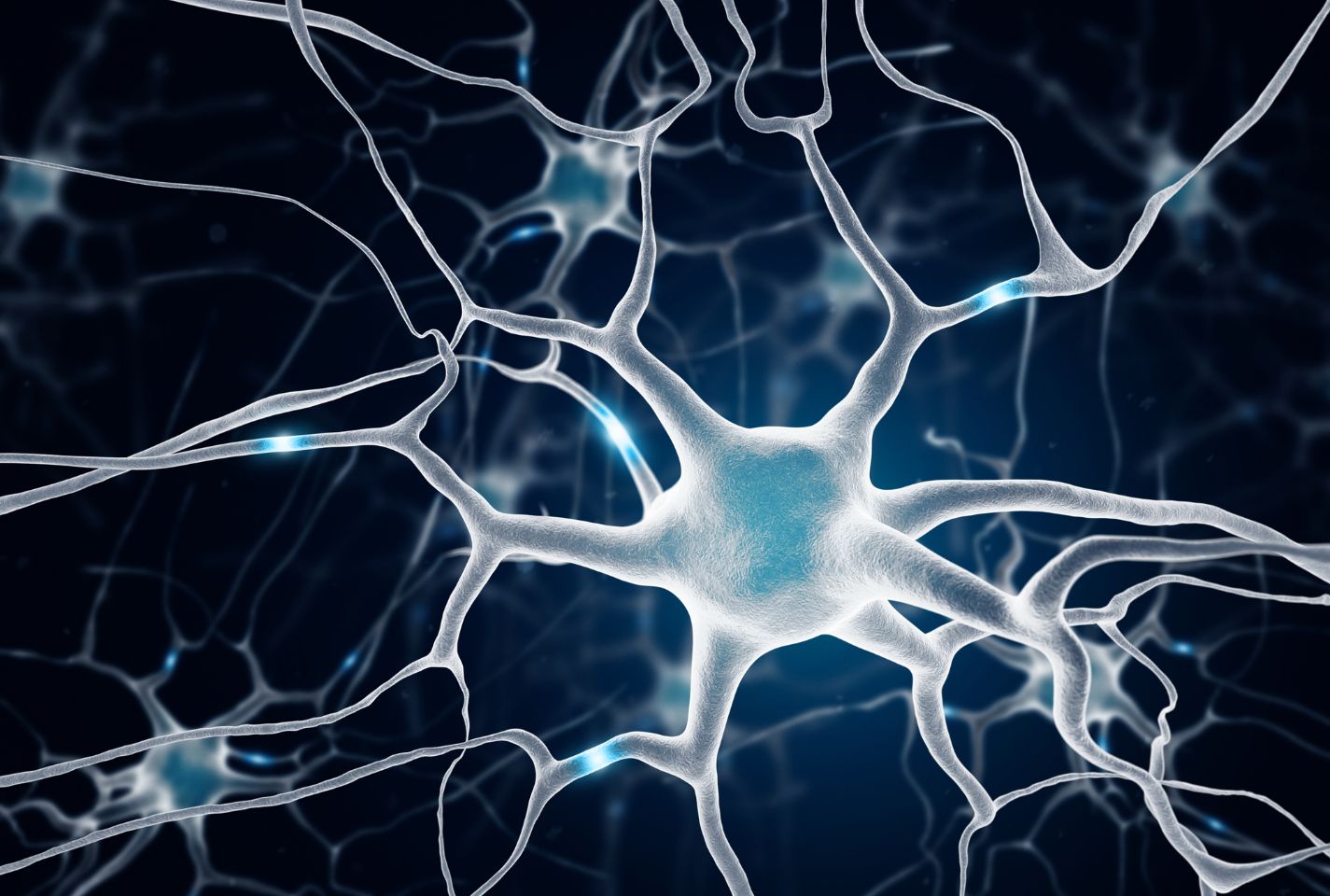
Dopamine manufactured in the VTA is then pumped into the nucleus accumbens, considered “dopamine central.” This structure processes reward sensations and helps coordinate motivation to acquire more rewards. No wonder lovers obsess over spending time with their beloved – their brains are literally wired to crave and repeat this pleasurable stimulus again and again, like an addiction!
Mesolimbic Pathway: The Dopamine Pipeline
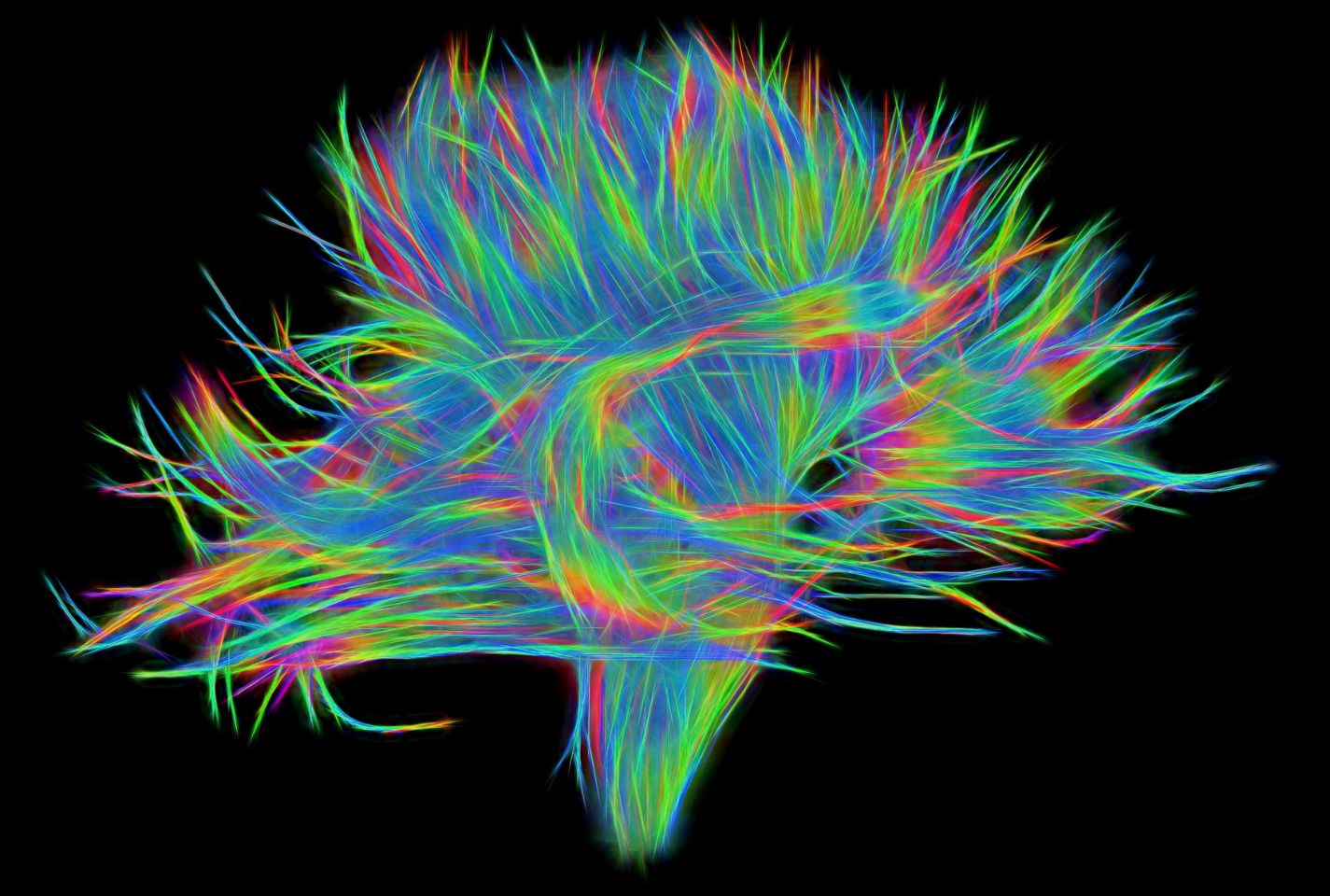
Connecting the VTA and nucleus accumbens is the mesolimbic pathway, considered one of the brain’s critical dopamine routes. When you catch someone’s eye, this pipeline directs dopamine from its point of origin to key targets, inciting motivation and bliss. Some describe falling in love as “intoxicating” and this direct channel for dopamine explains why. It provides a straight shot of rewarding sensations right to our central processing centers!
The Amygdala: Emotional Ignition Switch
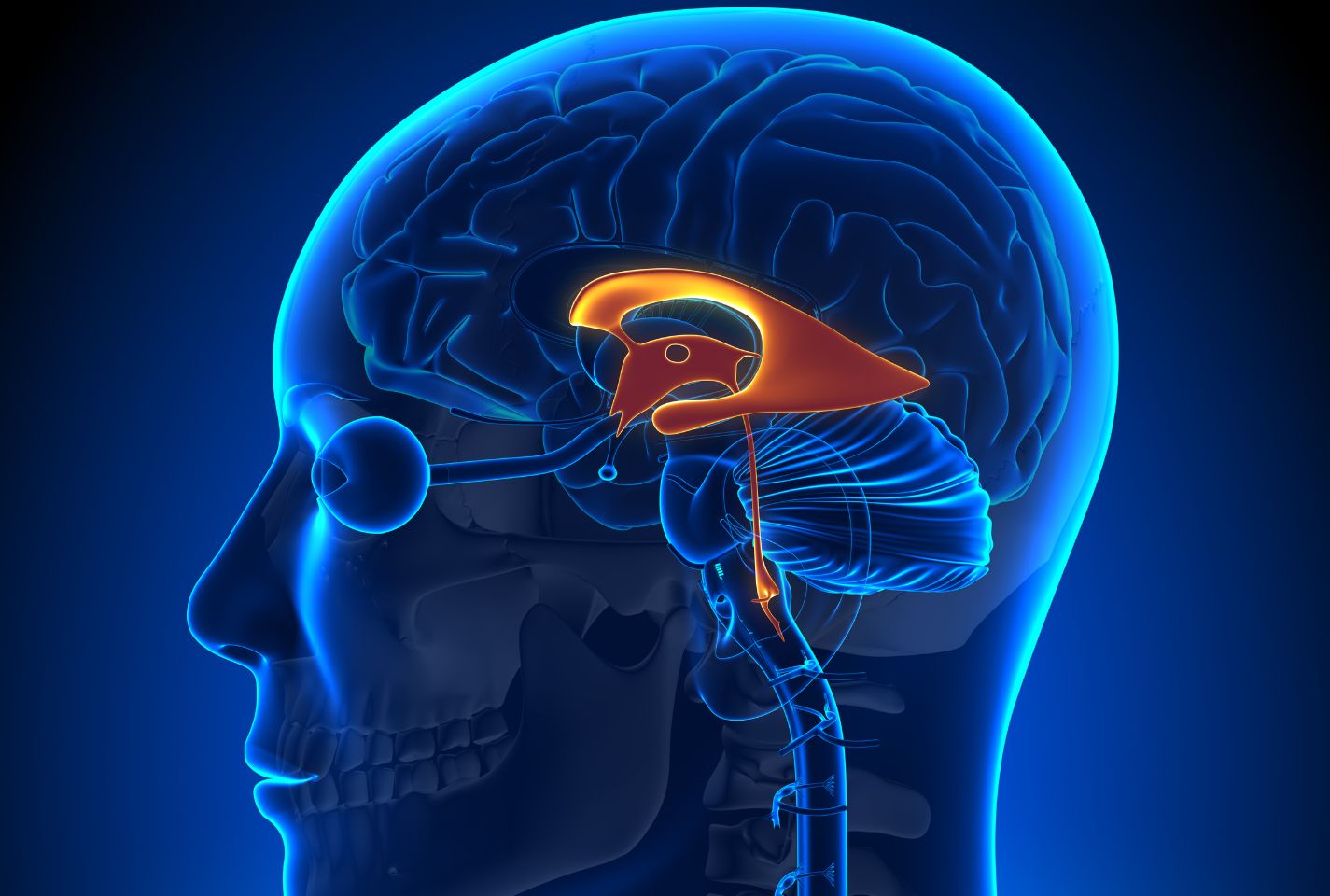
No feeling is complete without emotion, which is where the amygdala comes in. This almond-shaped bundle of nerves help attach emotion and meaning to incoming sensations and experiences. When flooded with love-related dopamine or interacting with hormone-producing structures like the hypothalamus, it activates.
The amygdala may explain why early love feels so exhilarating yet terrifying. It takes our attraction and translates it into an emotional rollercoaster combining euphoria and anxiety, exhilaration and insecurity. Quite the mood mix!
The Prefrontal Cortex: Judgement Center Stalled
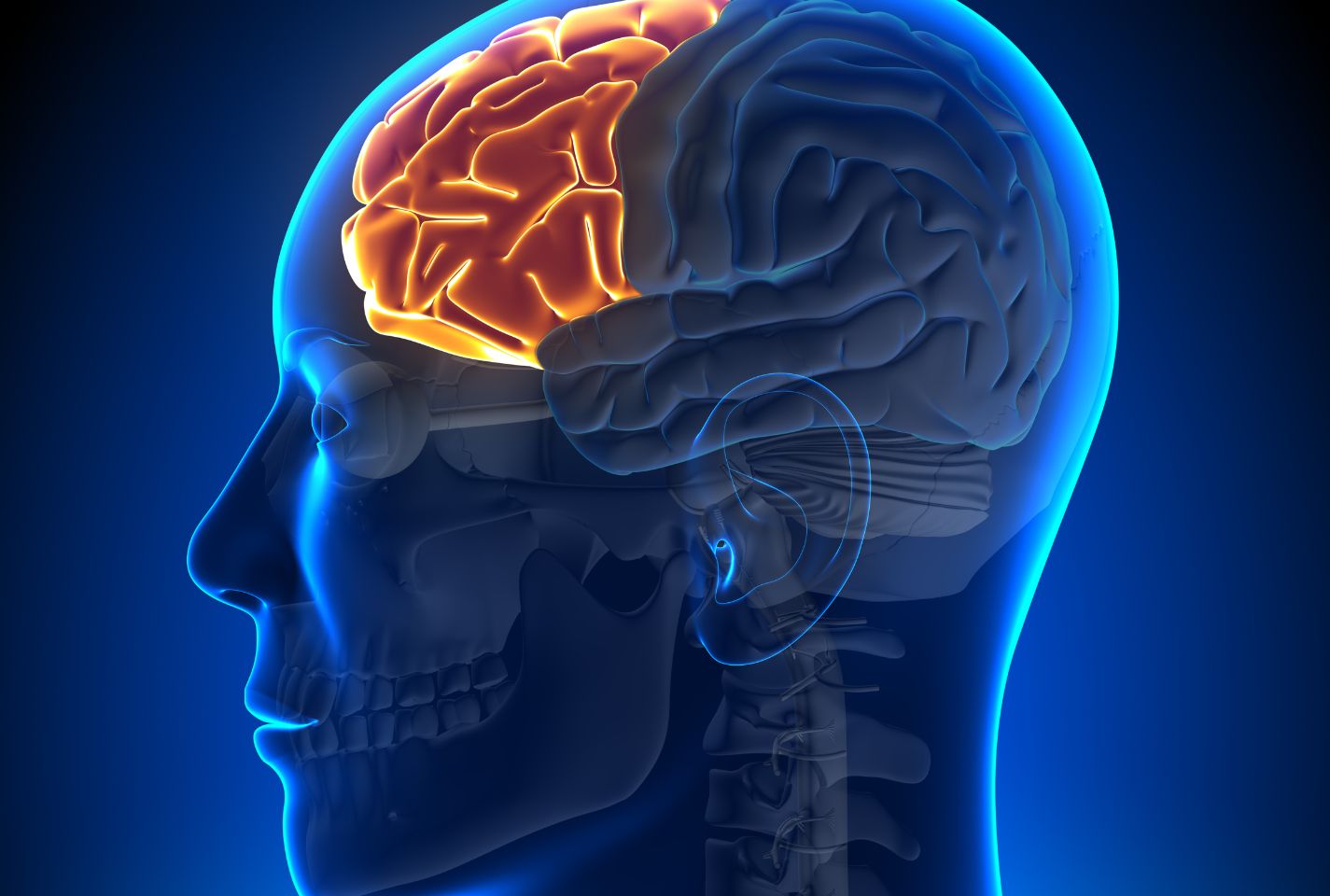
Here’s an area that actually shows reduced activation when that special someone is on your mind. The prefrontal cortex is central for decision making, impulse control, and evaluating ideas. Some even liken it to our brain’s “CEO.”
But when you first fall for someone, this “executive suite” hits pause. With the prefrontal cortex suppressed, critical assessments take a back seat, and you see your partner through rose-colored glasses. This helps explain why new couples may overlook challenges or red flags in their relationship. When in love, judgement sits in the waiting room while emotions rush past!
Love-Induced Madness! Why It’s Like OCD In There

Have you ever felt a little (or a lot) obsessive when falling hard for someone new? Most of us have been there – replaying messages in our heads, fretting over what to text back, or wondering if our feelings are reciprocated. It certainly doesn’t feel “rational,” but it turns out there’s a perfectly reasonable explanation rooted in our brain biology!
As mentioned, early love suppresses activity in our brain’s logic hub, the prefrontal cortex. At the very same time, dopamine and other lovesick chemicals deplete serotonin – our key chemical for regulating intrusive thoughts and compulsive behaviors. As one expert I spoke to put it: “This explains why people in the early stages of love can become obsessed with small details, spending hours debating about a text to or from their beloved.”
With judgement on mute and intrusive thoughts amplified, our minds narrow their focus. We become consumed with analyzing gestures, remarks, or any signals from our love interest as to whether they share our affection. For once-rationale people newly struck by Cupid’s arrow, it can certainly drive you mad – but at least now you know why! Blame it on basic brain chemistry.
The good news is that for most couples who stick it out, this mild “insanity” passes. As relationships progress and our stress hormones stabilize, serotonin levels bounce back too. The intoxication of early romance gives way to deeper bonds – but it sure is a wild ride until we get there!
Your Brain on Long-Term Love: What Changes?

While the beginnings of love include intense passion and euphoria, these feelings naturally evolve in long-term relationships. As couples become more bonded and committed over months and years, attachments deepen. But what’s going on inside our brains to drive this change? Here’s how lasting love differs.
Dopamine Still Flows – But It Settles
Remember when I compared early romance to addiction? Well, interestingly, brain imaging reveals that even in long-married couples, passion pathways remain active. The VTA and other dopamine centers don’t shut off entirely. This suggests that even strong bonds retain that spark of chemistry that pulled partners together.
With that said, long past falling head over heels, most find this evens out from the highs and lows of early courtship into a steadier sense of motivation and reward. We may think fondly of our partner daily instead of obsessively.
Oxytocin & Vasopressin Take Over
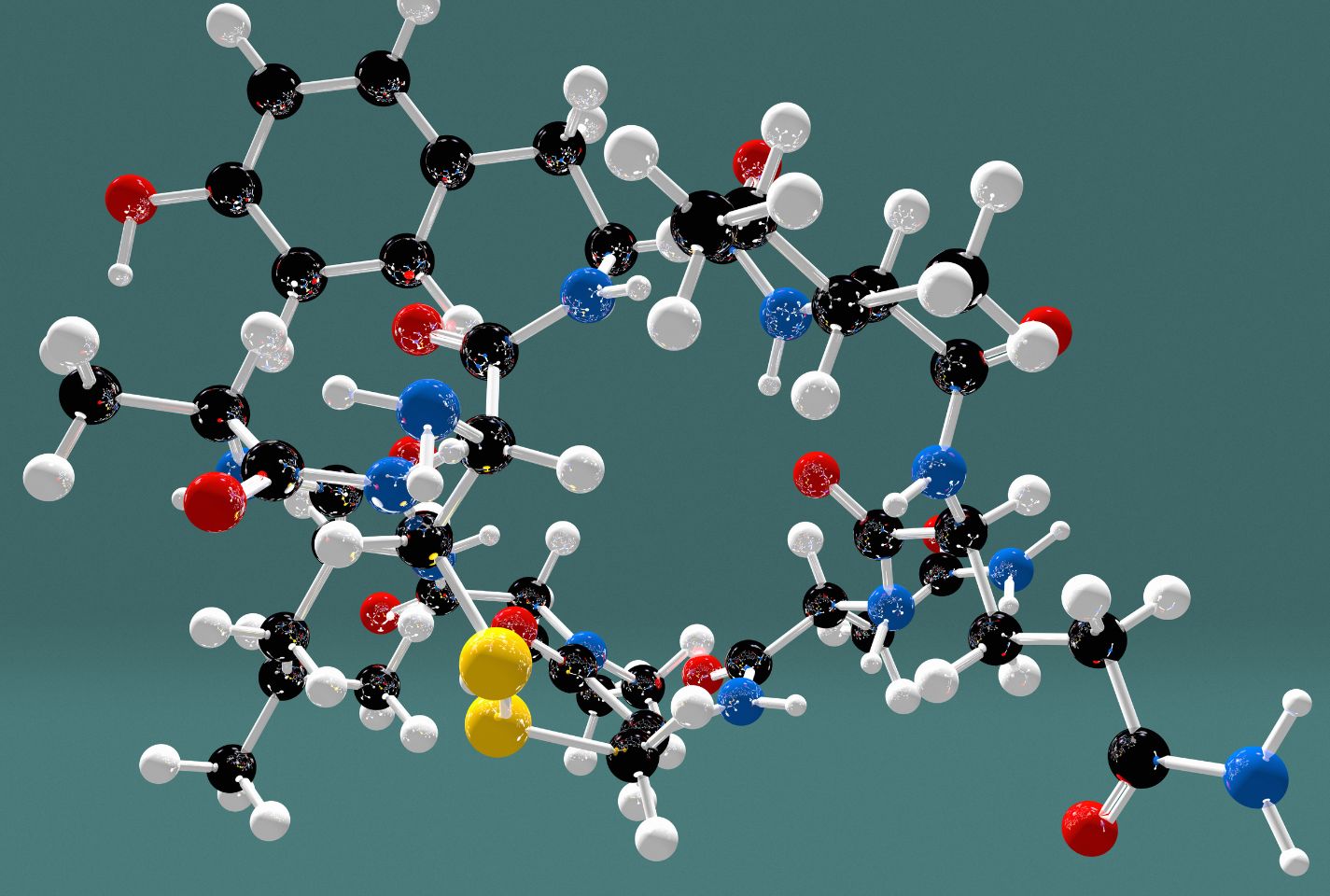
While dopamine keeps relationships rewarding, other chemicals also rise in importance as intimacy builds. Namely, oxytocin and vasopressin help cement lasting bonds by linking up brain areas involved in trust, empathy, and nurturing behaviors. We grow more attuned to our partners’ needs.
Attachment networks in regions like the basal ganglia also show greater coordination. These areas promote sticking together through life’s ups and downs. In essence, the “cuddle” and “stay with me” chemicals gain influence to help relationships go the distance. Passion evolves into dedicated partnership.
Mirror Neurons & Decision Centers Sync
Have you ever noticed how some long-term couples seem to operate as one unit, like synchronized swimmers in a routine? They intuitively divide household tasks, co-parent with ease, or even complete each other’s sentences. Well, such coordination originates in the brain!
In lasting relationships, key areas like the mirror neuron system and decision-making centers display linked activation patterns. This neural “partnership” helps couples meet each other’s needs without consciously communicating. They simply flow in intuitive rhythm. It demonstrates how in time, love can make partners sharper, more creative problem-solvers. The bond reflects throughout the brain.
Love as Brain Order – Not Disorder! 5 Ways Love Benefits Neurological Health
If you’re picturing the brain in love as frazzled with obsession from everything I’ve outlined so far – I don’t blame you! Early infatuation, somewhat maddeningly, makes Minnie and Mickey shapes out of our neural matter. But that’s only part of love’s legacy on the central nervous system. Lasting relationships impart tremendous cognitive and mental health gains too! Here are 5 powerful ways long-term affection organizes and uplifts the workings of our marvelous minds:
1. Buffers Stress – Research using fMRIs indicates that during conflict with a partner, brains of couples in positive relationships show significantly less activity in regions linked to fear and aggression like the amygdala. Support dulls threats.
2. Sustains Cognitive Skills – Studies of elderly married couples indicate that singles suffer faster declines in memory and critical thinking than their partnered peers. Love may help keep key circuits supple into old age!
3. Reduces Depression – One analysis tracking 1,700 people for a decade found that those in troubled relationships had double the risk of mood disorders compared to those happily involved. Relationships regulate emotional health.
4. Slows Memory Loss – A 2020 study revealed married seniors enjoyed improved recall for recent events compared to singletons – perhaps because couples collaboratively shore up each other’s retention. Two minds are better than one!
5. Lengthens Life – Across follow-up studies, marital satisfaction consistently associates with lower cardiovascular disease and extended longevity. The heart enjoys the love too!
Beyond Romance: We All Need Belonging
As a relationship counselor focused on caregiving, I believe it’s important to note that romantic passion represents just one dimension of a broader human need – healthy social bonds. Our minds and bodies require loving connection, whatever form it takes. Fortunately, science shows that any lasting human relationship generates significant cognitive and physical gains.
The same kinds of neural coordination found between lovers lights up between parents and children. Single seniors who feel embraced by supportive communities display heightened neurological resilience similar to married couples. Friendships, familial ties, teams, religious congregations, even bonds with caring pets – all help anchor mental wellness through interpersonal affiliation.
At the end of the day, the intoxication of romantic devotion reflects a larger evolutionary driver behind balancing brain health: forging social integration. It’s wired within us all to give affection and receive acceptance in return, no matter our situation. So even for the perennially single, don’t lose hope – platonic relationships profoundly lift your spirit and sharpen your mind too!
We all have fundamental longings for belonging. Understanding this deep human driver, symbolized so profoundly by lovers’ intertwined hearts, brings me great hope as a counselor. For no matter life’s course, our minds find refuge through meaningful bonds. And new loves still lie ahead for all open to receive them.









